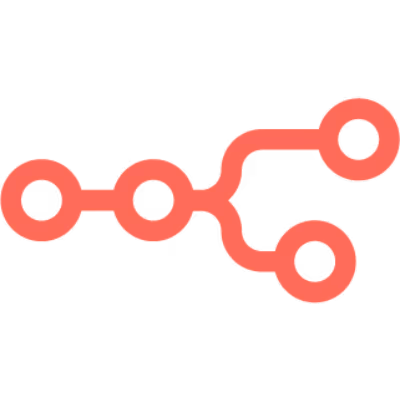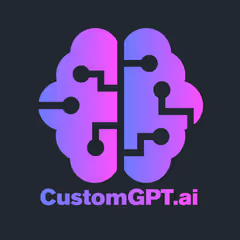What are AI agent builders?
AI agent builders are tools that help create intelligent, automated agents for various tasks like customer support or personal assistance.
What can AI agent builders do?
They automate tasks, answer questions, manage workflows, and interact with users to save time and improve efficiency.
How do AI agent builders work?
They use AI models and pre-built templates to build and train bots that understand and respond to user inputs.
Are AI agent builders easy to set up?
Most AI agent builders offer simple drag-and-drop interfaces that require minimal technical skills for quick setup.
Are AI agent builders free?
Many tools offer free plans with limited features; advanced capabilities often require paid subscriptions.
What is the common AI agent builders pricing?
Pricing usually ranges from $10 to $100+ per month, depending on features, usage limits, and support options.
What are the types of AI agent builders?
Common types include customer support bots, virtual assistants, sales bots, and workflow automation agents.
Do AI agent builders work with email?
Yes, many integrate with email platforms to send notifications, automate replies, and manage email workflows.
What are the best AI agent builders tools?
Popular tools include Dialogflow, Microsoft Bot Framework, Rasa, and ManyChat, known for ease and power.
What are common AI agent builders integrations?
They often integrate with CRM systems, messaging apps, email services, APIs, and cloud platforms for seamless operation.


















































